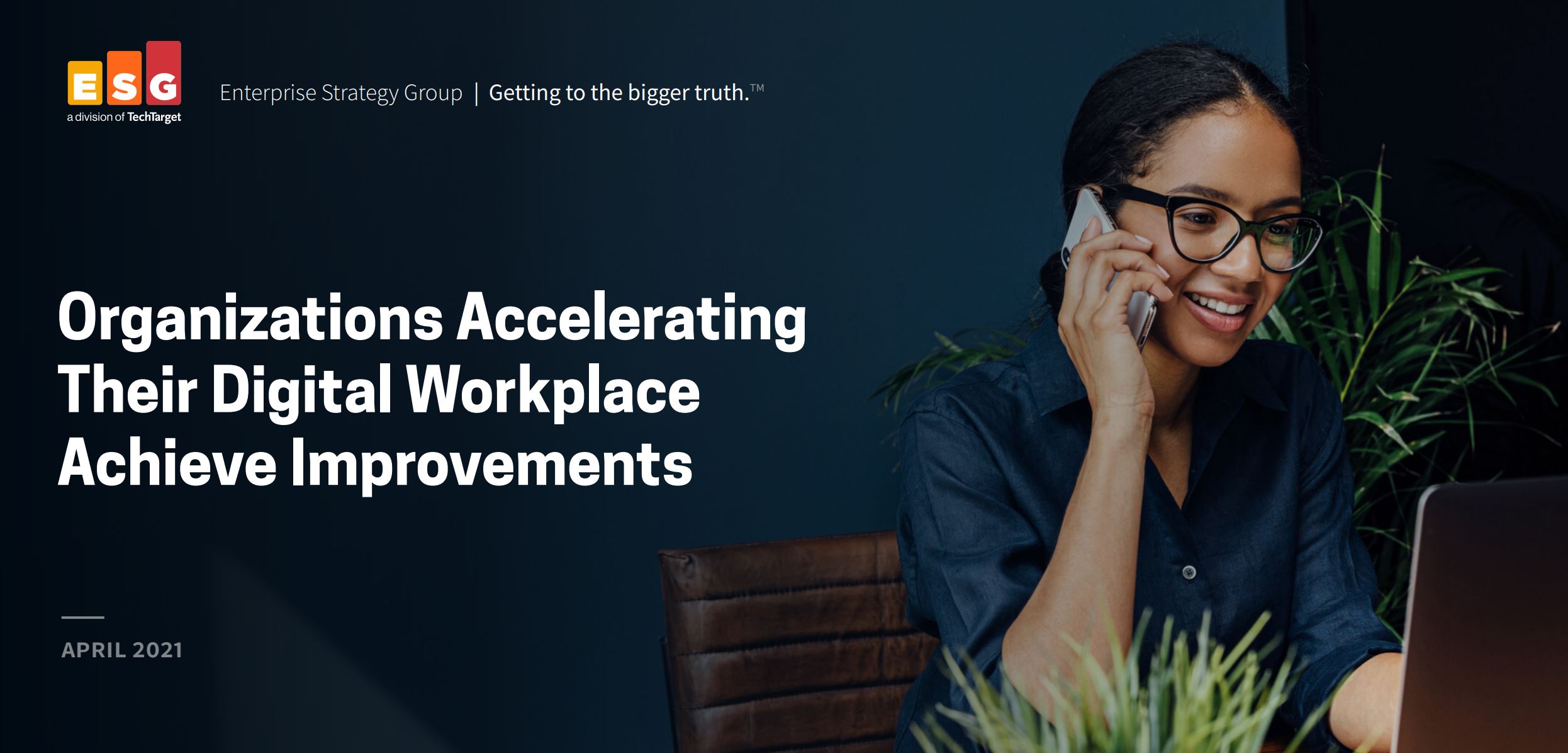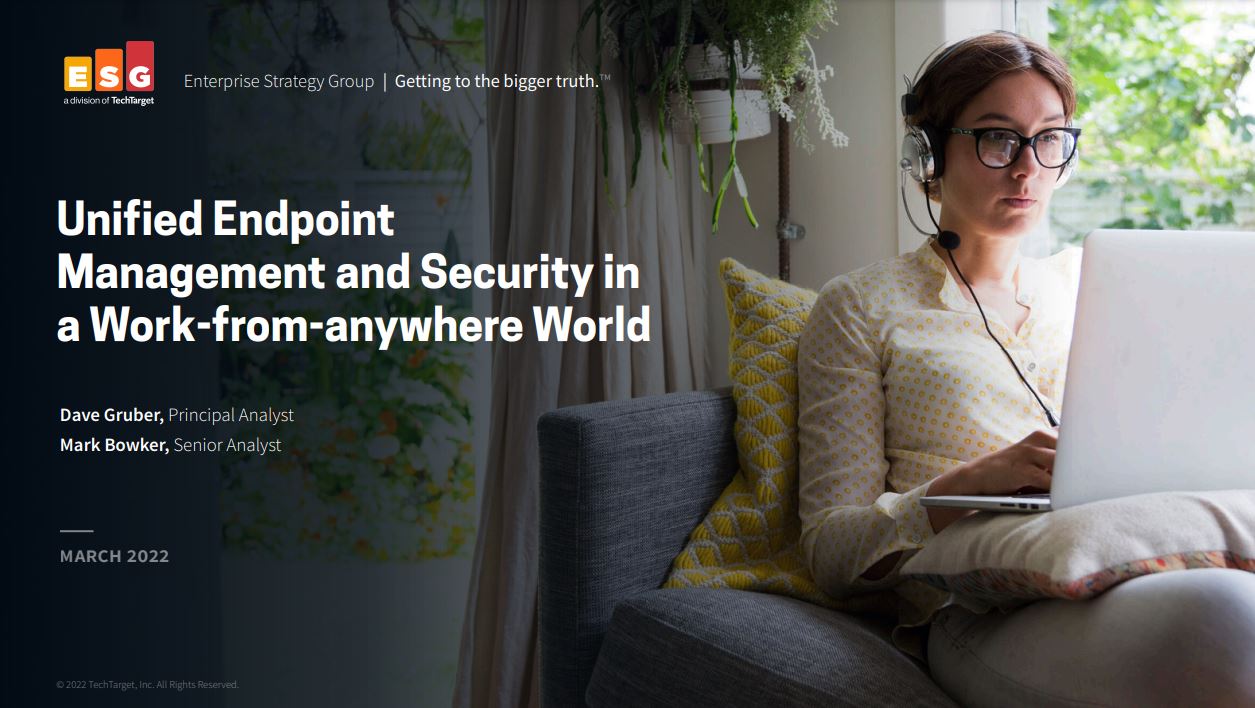How to avoid corrupting your hybrid work strategy
Promises of flexibility and empowerment risk being undercut with increased monitoring and control over workers


The pandemic brought on a huge shift in the workplace, with many businesses having to shut their doors for at least a few months. Throughout this turbulent time, organisations around the world had to introduce new rules and systems while digitally transforming their businesses. This was all going on while employees had to get used to a different way of carrying out their duties from home.
Although some businesses found it harder than others, many experienced great success during this shift, with most organisations agreeing across the board that they won't be able to return to previous working methods. Due to this, flexible working has taken a prominent place in plenty of vendors’ portfolios or marketing campaigns, including promises of lots of flexibility, empowerment, and trust. There is a chance, however, that ongoing hybrid work strategies might not live up to these ambitions, especially as concerns grow around employee surveillance and application overload.
The evolution of hybrid work
Hybrid work’s transformation began before the pandemic occurred. Many organisations embarked on a process of inherently changing how they use space, by putting in place new policies like breakout rooms, hot-desking, and collaboration spaces, as well as increasing their digitisation.
“This was well underway before the pandemic, with progressive organisations embracing a plethora of digital tools from virtual work environments like Slack and Microsoft Teams to shared cloud storage and SharePoint sites,” says Matt Hancocks, senior director at Gartner.
Luckily when the pandemic unleashed itself upon the world, flexible working was becoming more accessible for many workers. Tech organisations saw how popular remote working was becoming and quickly attached themselves to this shift, ordering their product development teams to focus on it.
“Since many tech companies had been quick to adapt, there’d also been a gravitation towards using the company’s products to support their own hybrid set-ups,” adds Alok Alstrom, founder of the Future of Work Institute. “Instead of developing products for ‘someone else’, they viewed themselves as the first users of their products.”
RELATED RESOURCE

Organisations accelerating their digital workplace achieve improvements
See the biggest return on device investments
Before the coronavirus pandemic, it was common for businesses to be unenthusiastic about adopting remote work. Back then, employees who were completely remote made up less than 5% of the global workforce, with this figure rising to 10% if you factor in workers who sometimes worked from home, according to figures from Gartner. Once the pandemic was in full swing, many countries implemented lockdowns leading to around 70% of the world’s knowledge workers completing their roles remotely. To many business leaders’ surprise, however, 75% of organisations reported that their productivity was the same as before, or even better.
Get the ITPro daily newsletter
Sign up today and you will receive a free copy of our Future Focus 2025 report - the leading guidance on AI, cybersecurity and other IT challenges as per 700+ senior executives
Hybrid work – help or hindrance?
After realising that hybrid work wasn’t going to affect productivity in a negative way, many businesses have been keen to adopt various models, but unfortunately the combination of technologies and systems could be more oppressive than liberating.
When employees were forced to work from home, a number of businesses introduced tools to monitor their productivity, like webcam photography, keystroke tracking, web monitoring, and screen capture. This is arguably a fairly heavy-handed approach, and wasn’t suitable for every working environment, including roles that involve a lot of creativity or thinking time.
Maintaining an online presence actually became the main source of stress for employees, according to IDC’s Meike Escherich, associate research director – future of work. Both Escherich and Hancocks agree the solution lies with moving away from measuring productivity by output, and towards focusing on business outcomes. Organisations that implement this mentality shift will sustain greater benefits from today’s hybrid working world, whereas businesses that focus on monitoring their employees risk alienating workers.
Digital fatigue is another concern, Al Fox, Director and head of HR at B2B marketing firm Fox Agency, tells IT Pro. “We’ve always avoided micromanagement and surveillance, but digital fatigue is an issue when working online all day,” he says. “Creatives love working together in an office where they can share or draw ideas on paper or board, and that doesn’t work quite as well virtually.
“For this reason, they try and meet in person when they can. For others, a day filled with Teams or Zoom meetings can be extremely tiring and lack the spontaneity of real-life meetings. The convenience of video meetings is amazing, but there are always downsides, it would be foolish to pretend there aren’t.”
How to craft a hybrid work model for 2022
As the world reopens, hybrid work is being driven by employees’ desire to maintain the flexibility and empowerment remote working provided. Autonomy over one’s working day has become more important than remuneration to many, which has led to what’s become known as ‘The Great Resignation’.
Roughly 65% of employees are prepared to quit and seek employment elsewhere if their company isn’t prepared to offer a degree of flexibility and remote working, Gartner figures show. With UK vacancies reaching an all-time high, therefore, businesses must consider genuine hybrid working options as a key tool in retaining talent.
Employers are also benefiting from workers realising they’re no longer tied to their location. “People in York or Inverness can now work for a London-based company or even one in San Francisco,” says Fox. “That’s a big change and one that’s worked for us as it’s opened the talent pool right up.”
Going forward, the most successful work strategies will be human-centric, Hancocks says, and organisations should rethink their relationships with employees. This journey is underway for many organisations, with businesses reducing how many days employees must be office-based. Others, meanwhile, are taking a more radical approach.
“Virgin Money announced a new employee deal, consisting of several initiatives closely co-developed with employees,” he adds. “The main one is around a completely remote work offering, that allows employees to work remotely anywhere in the UK. It includes enhanced holiday leave and six welfare days. This exemplifies the emergence of the new employee value proposition we’re likely to start seeing from many organisations.”
Dropbox, meanwhile, is making a distinction between synchronous versus asynchronous work; when are people required to work together and when are they able to work alone? To do this, the firm uses blocks of time in calendars to distinguish between availability for either type of work.
“Examples of work design are even emerging in the quite mundane, such as the PowerPoint presentation,” Hancocks continues. “Using tools like PowerPoint 365, people can record their presentation, upload it to a suitable site and make it available for colleagues to view at a time that suits them.”
There’s no silver bullet to designing the perfect hybrid work strategy. What’s certain, though, is that the businesses set to thrive are those that are agile, adaptive and use technology to empower employees, rather than monitor and control them.
This article was first published on 11/01/22 , and has since been updated
Keri Allan is a freelancer with 20 years of experience writing about technology and has written for publications including the Guardian, the Sunday Times, CIO, E&T and Arabian Computer News. She specialises in areas including the cloud, IoT, AI, machine learning and digital transformation.
-
 Bigger salaries, more burnout: Is the CISO role in crisis?
Bigger salaries, more burnout: Is the CISO role in crisis?In-depth CISOs are more stressed than ever before – but why is this and what can be done?
By Kate O'Flaherty Published
-
 Cheap cyber crime kits can be bought on the dark web for less than $25
Cheap cyber crime kits can be bought on the dark web for less than $25News Research from NordVPN shows phishing kits are now widely available on the dark web and via messaging apps like Telegram, and are often selling for less than $25.
By Emma Woollacott Published
-
 IT professionals aren’t budging on flexible work demands – and more than half say they’ll quit if employers don’t meet expectations
IT professionals aren’t budging on flexible work demands – and more than half say they’ll quit if employers don’t meet expectationsNews Analysis from Randstad shows 40% of UK-based IT pros have quit over a lack of flexible work options, while 31% of workers globally have done the same.
By Ross Kelly Published
-
 'Digital hide-and-seek': Workers are wasting hundreds of hours a year sourcing the information they need to carry out their role
'Digital hide-and-seek': Workers are wasting hundreds of hours a year sourcing the information they need to carry out their roleNews Knowledge workers globally are wasting a quarter of their working week tracking down information, new research from Atlassian has revealed.
By George Fitzmaurice Published
-
 'The tide seems to be turning towards office attendance': 64% of hybrid business leaders want staff back in the office – but many worry that enforcing RTO mandates will drive employees away
'The tide seems to be turning towards office attendance': 64% of hybrid business leaders want staff back in the office – but many worry that enforcing RTO mandates will drive employees awayAnalysis Many UK business leaders want their staff back in the office more frequently, but they’re scared to implement return to office (RTO) mandates in fear of worker revolts.
By George Fitzmaurice Published
-
 Employees are dead set on flexible working arrangements – three quarters would turn down a role that didn't offer hybrid options as work-life balance becomes more important than pay
Employees are dead set on flexible working arrangements – three quarters would turn down a role that didn't offer hybrid options as work-life balance becomes more important than payNews New research shows workers are increasingly demanding flexible working arrangements from employers.
By Emma Woollacott Published
-
 Nearly half of tech workers are seeking new roles – declining employee benefits and reduced flexible working options have staff looking elsewhere
Nearly half of tech workers are seeking new roles – declining employee benefits and reduced flexible working options have staff looking elsewhereNews While salaries are rising for tech workers, other benefits are in decline, leading to a fall in job satisfaction
By Emma Woollacott Published
-
 Untethered: How CIOs and CISOs are paving the way for the new hybrid workforce
Untethered: How CIOs and CISOs are paving the way for the new hybrid workforceWhitepaper Effective techniques to transition from exposed legacy infrastructure to an effective zero trust strategy
By ITPro Published
-
 Unified endpoint management and security in a work-from-anywhere world
Unified endpoint management and security in a work-from-anywhere worldWhitepaper Learn how to converge endpoint management and security processes and systems to drive efficiency and reduce risk
By ITPro Last updated
-
 Unlocking the power of your digital services
Unlocking the power of your digital servicesSponsored Businesses have invested significant cash into technology since COVID-19, but are they really getting their money's worth?
By ITPro Published